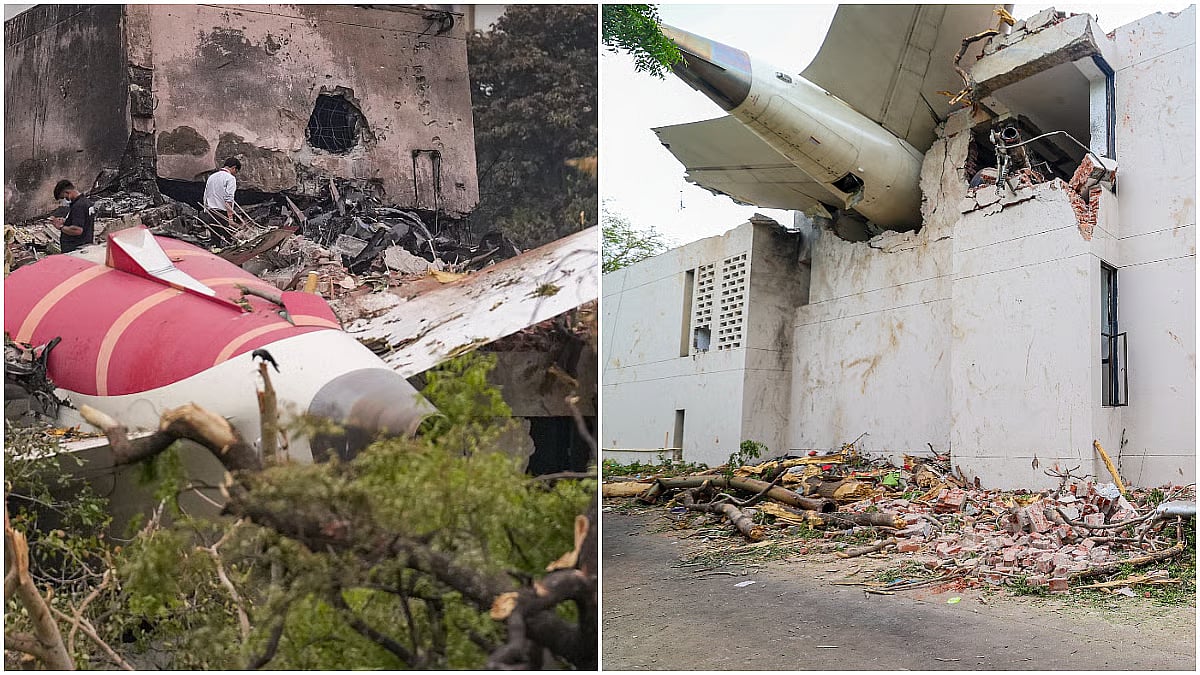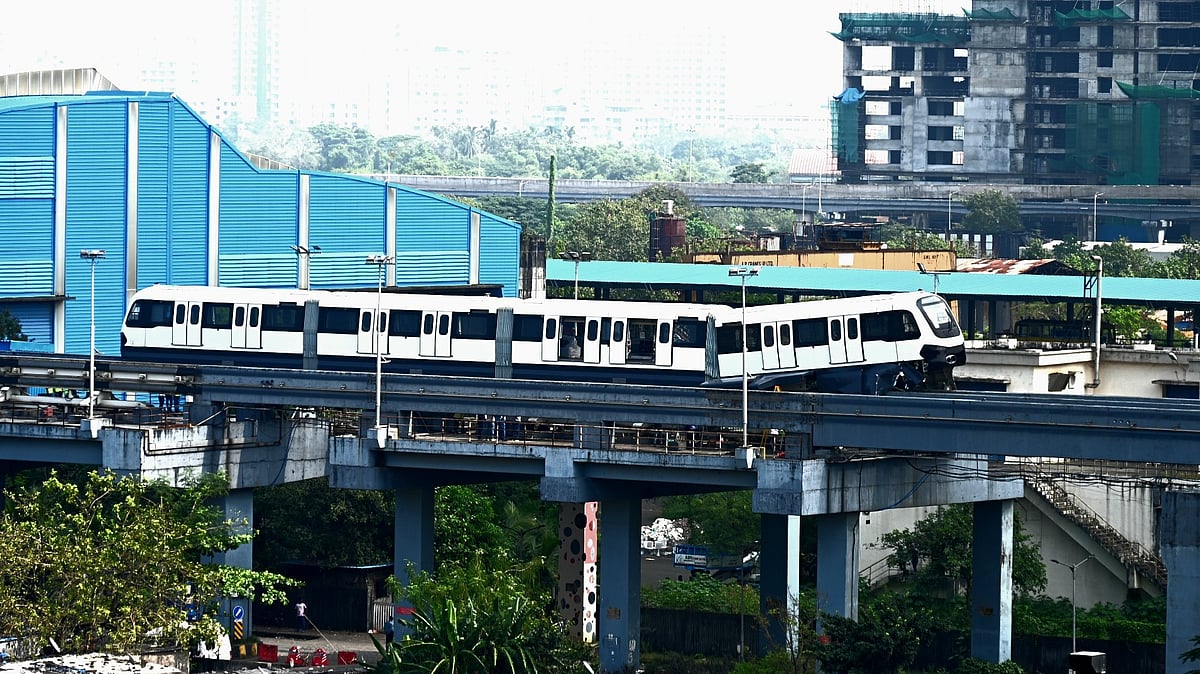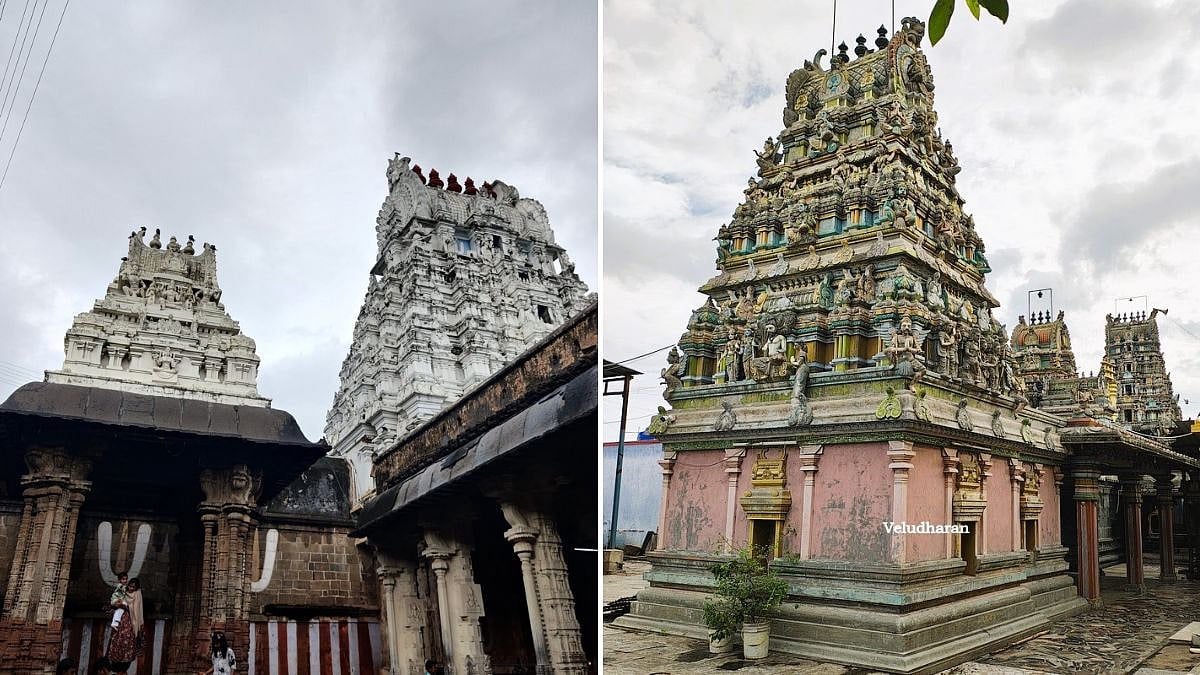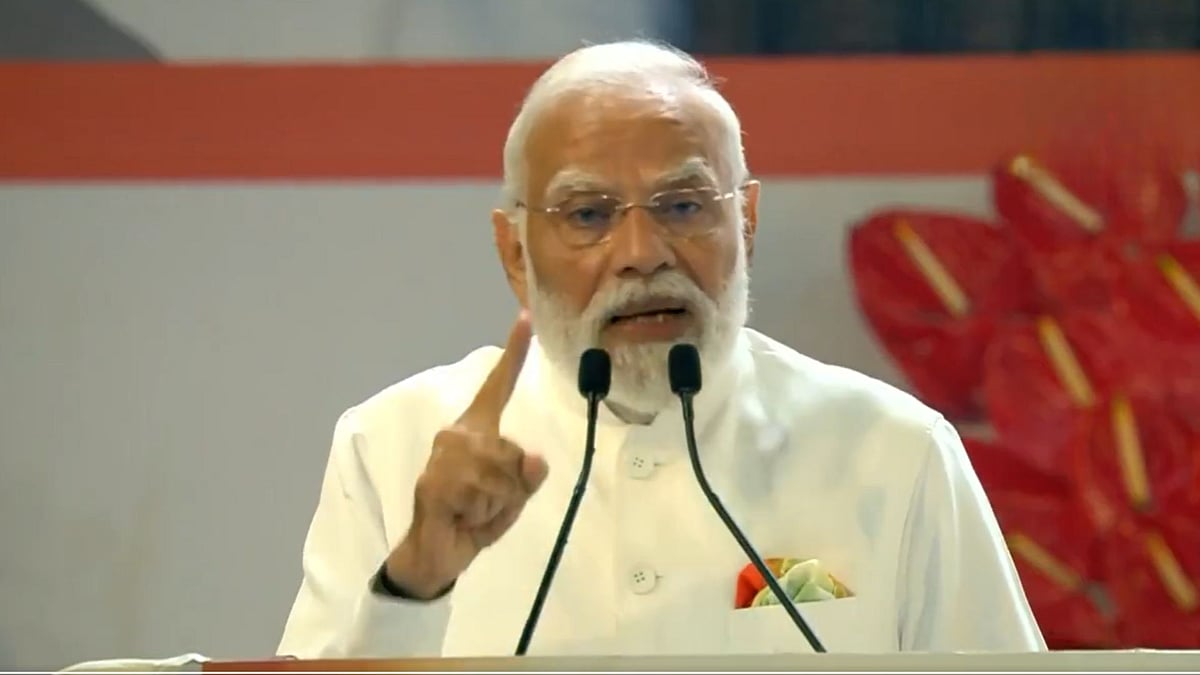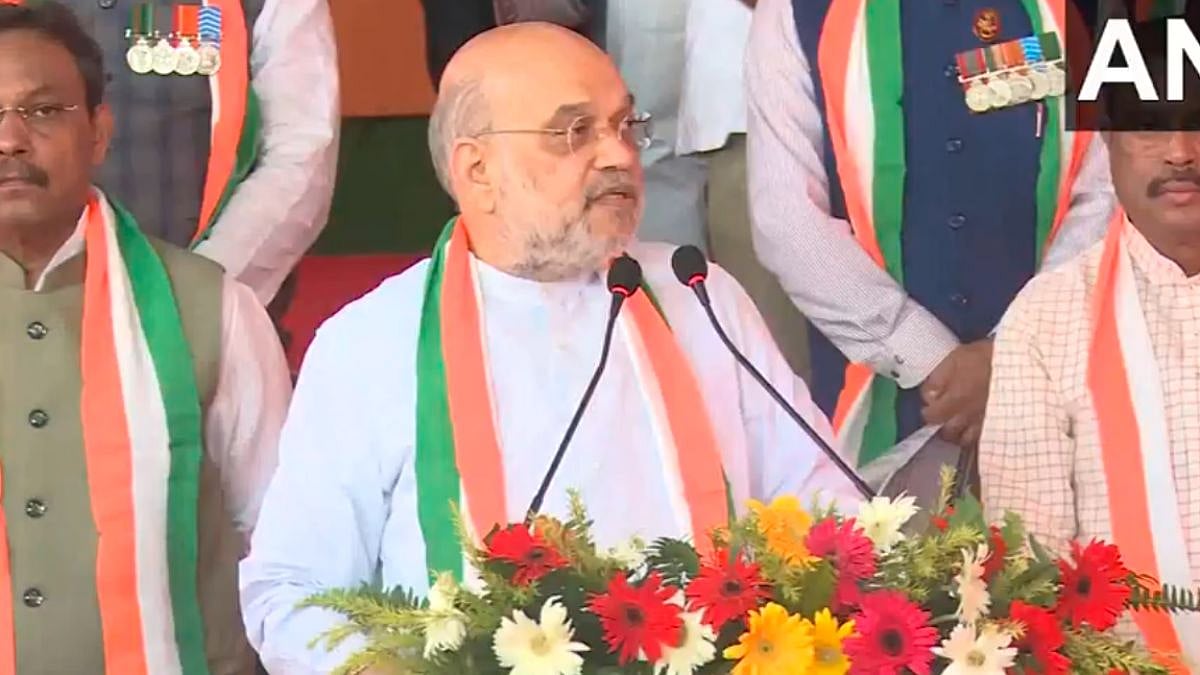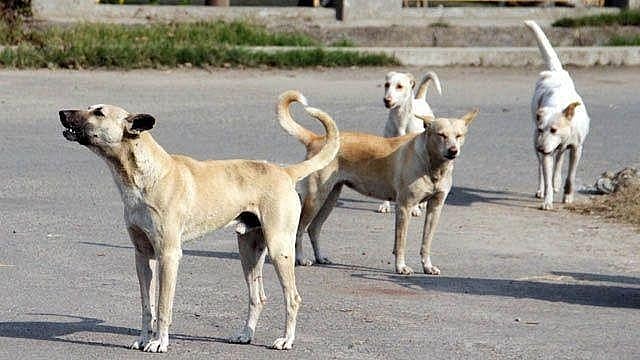Air India has completed precautionary inspections on the locking mechanism of Fuel Control Switch (FCS) on all Boeing 787 and Boeing 737 aircraft in its fleet. In the probe, the airline found no issues with the locking mechanism.
"Air India had started voluntary inspections on 12 July and completed them within the prescribed time limit set by the DGCA. The same has been communicated to the regulator," the airline said in a statement.
What AAIB's Initial Report Revealed?
Earlier this month, the Aircraft Accident Investigation Bureau (AAIB) released its preliminary findings into the tragic crash of Air India flight AI171 that occurred on June 12 in Ahmedabad. As per the report, both engines of the aircraft shut down within seconds of takeoff. Investigators found that the fuel cutoff switches were moved from 'RUN' to 'CUTOFF' just one second apart, leading to a complete loss of engine power.
Cockpit Voice Recorder (CVR) data revealed a startling exchange between the pilots. One asked, “Why did you cut off?” to which the other responded, “I didn’t,” indicating possible confusion or a technical anomaly in fuel switch operation.
With both engines losing power, the Ram Air Turbine (RAT), a backup emergency power system, was automatically deployed to provide minimal hydraulic power. CCTV footage confirmed RAT activation during flight.
Pilots attempted to restart the engines mid-air. While Engine 1 showed partial recovery, Engine 2 failed to restart. The aircraft remained airborne for just 32 seconds before crashing into a hostel located 0.9 nautical miles from the runway. The plane that crashed was powered by GEnx-1B engines.
What Happened On June 12?
The London-bound Air India flight, AI 171, crashed on June 12 just seconds after taking off from the Sardar Vallabhbhai Patel Airport in Ahmedabad. The plane crashed into the hostel of BJ Medical College campus and burst into a ball of fire as it was carrying a lot of fuel for the long-haul flight. Over 275, including the people on the ground, were killed in the crash.

At the time of the incident, there were 242 people onboard the plane, including 12 crew members. Only one passenger survived the crash. The flight was under the command of Captain Sumeet Sabharwal, an experienced Line Training Captain with 8,200 flight hours, and First Officer Clive Kunder, who had logged 1,100 flight hours.
